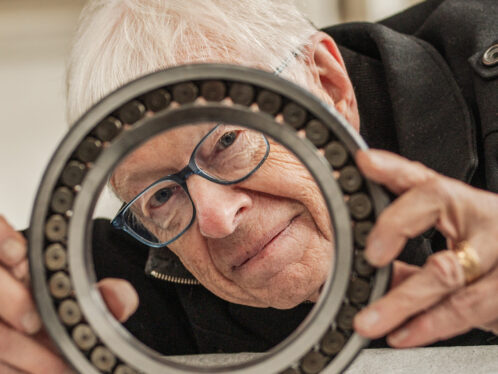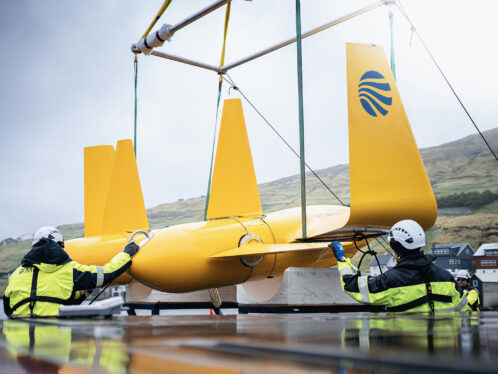
Racing with the sun
A lens invented in 1822 helped propel a Dutch solar-powered car across the Australian outback in the World Solar Challenge held in October 2009.
A lens invented in 1822 helped propel a Dutch solar-powered car across the Australian outback in the World Solar Challenge held in October 2009.
The biennial World Solar Challenge event pits universities and automotive-related companies from around the world against each other in a week-long, 3,000-kilometre race from Darwin to Adelaide. Thirty-two solar-powered cars participated in the 2009 race.
The World Solar Challenge started in 1987 to showcase developments in sustainable automotive technologies. The rules of engagement include size restrictions, and driving must take place between 8 am and 5 pm.
The 21Revolution solar-powered car was developed by Solar Team Twente, a team of 17 students from the University of Twente and Saxion College in Holland, over the course of a year. The car is capable of reaching speeds of up to 95 kilometres per hour.
From its carbon-fibre body to its steering mechanism, every aspect of this futuristic three-wheeled car was carefully engineered to reduce weight and air resistance while maximizing the use of solar energy.
In addition, the 21Revolution used miniature Fresnel lenses, which concentrate light into a beam, to increase the effect of the maximum-allowable six square metres of solar panels on the car to 7.2 square metres, thereby giving it more “juice”. Fresnel lenses, invented in 1822, are typically associated with lighthouses or personal reading lights on aeroplanes.
To increase power further, the wing-shaped solar panels on the blazing red car were made to tilt towards the hot Australian sun. These systems together boosted the car’s energy by 25 percent.
As a partner in the project, SKF supplied some of the most critical components, such as the actuators for tilting the wing, high-
efficiency ball screws for moving the array of solar cells behind the Fresnel lens system, and hybrid ceramic ball bearings for the wheels to reduce rolling resistance.
So how did 21Revolution fare in the race?
The car came in eighth place, but its special Fresnel lens system was patented – a distinction that no other participating team achieved with its technology.




